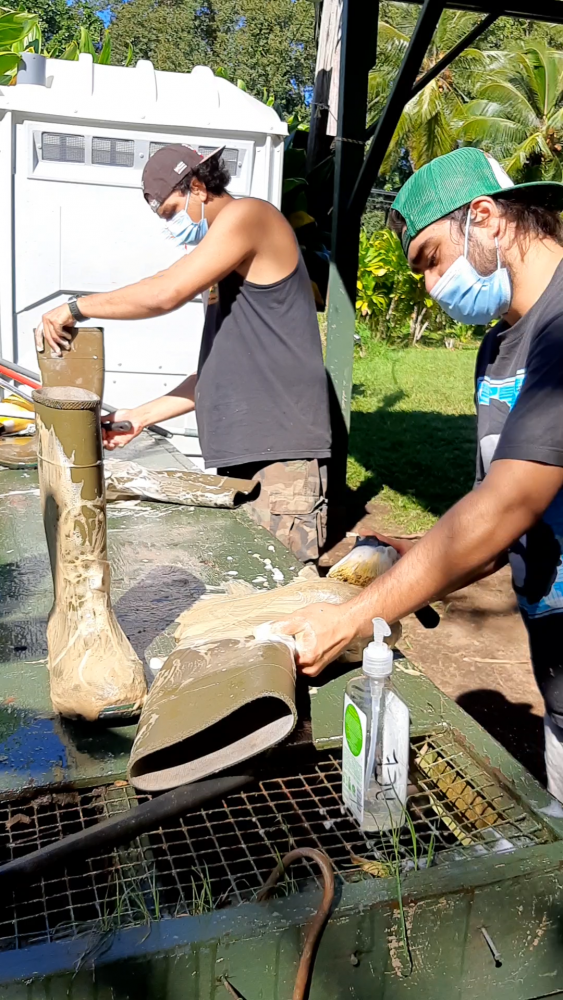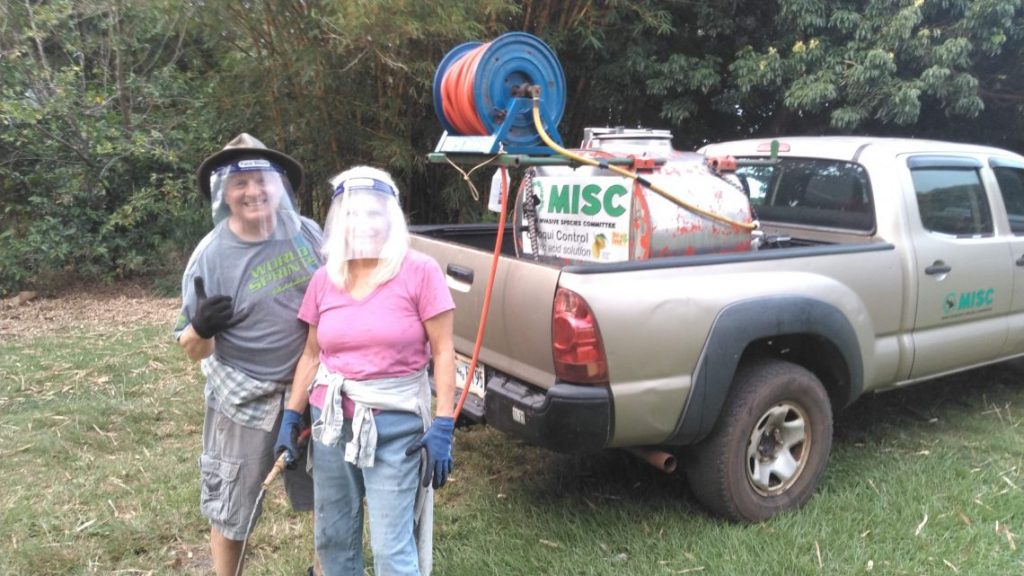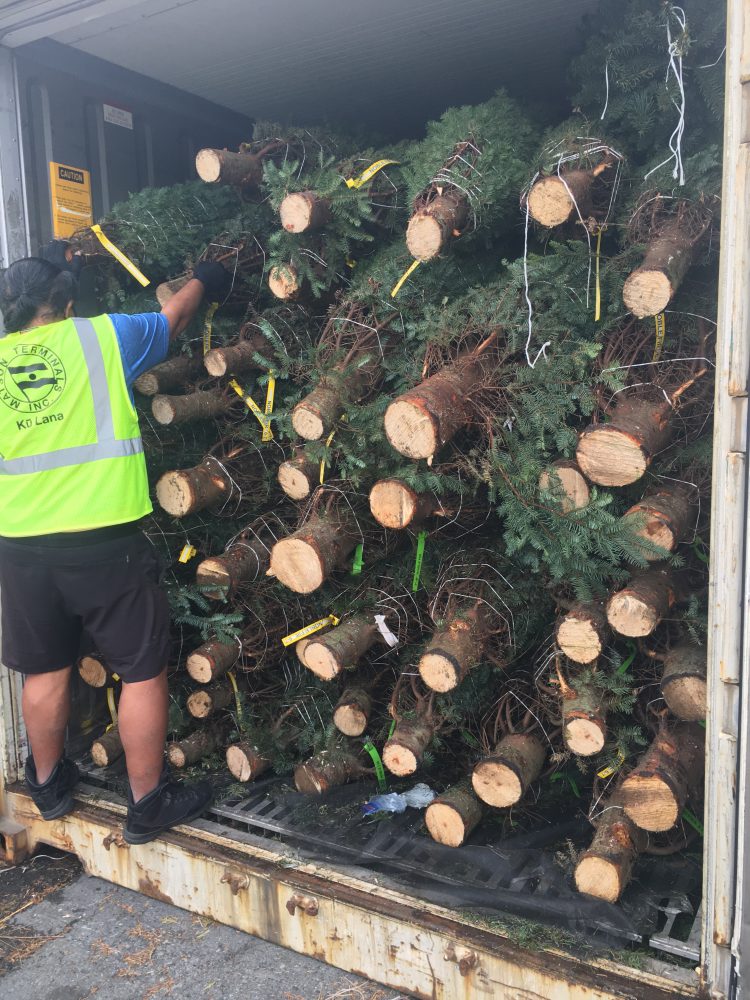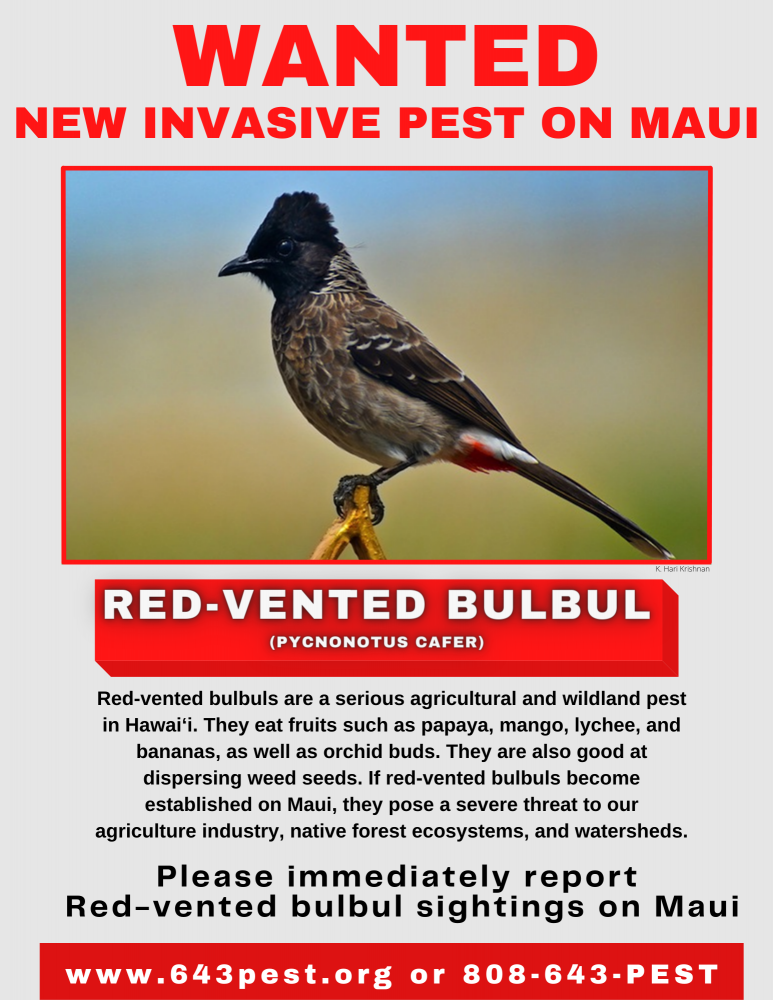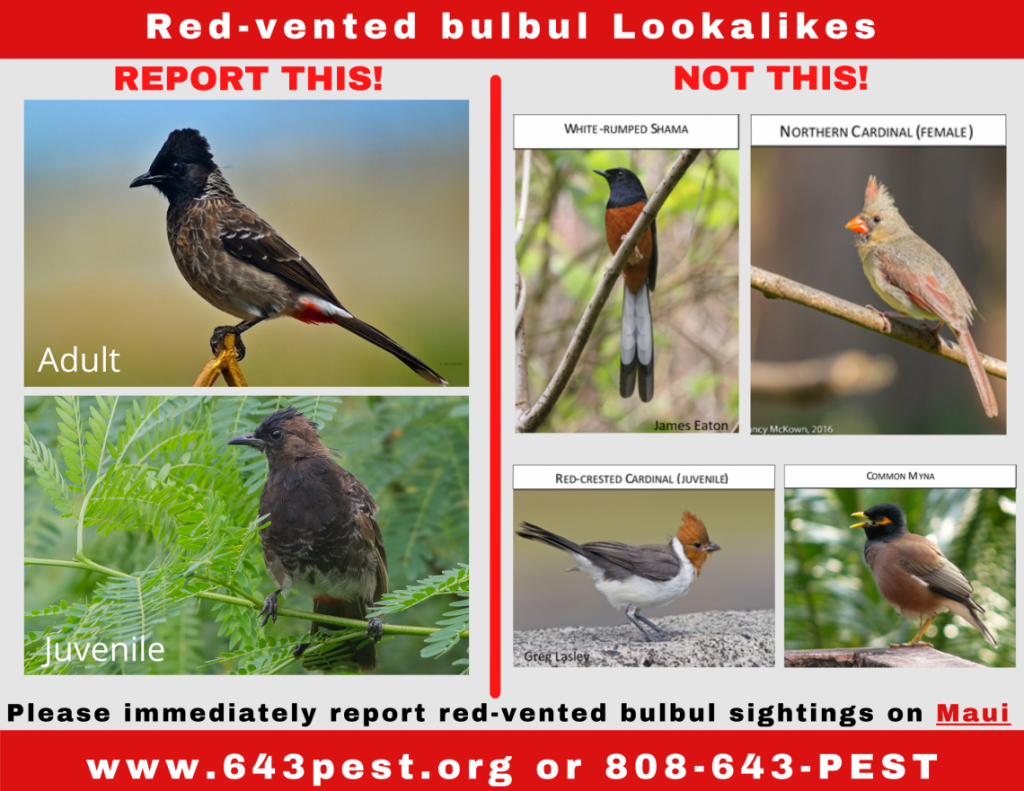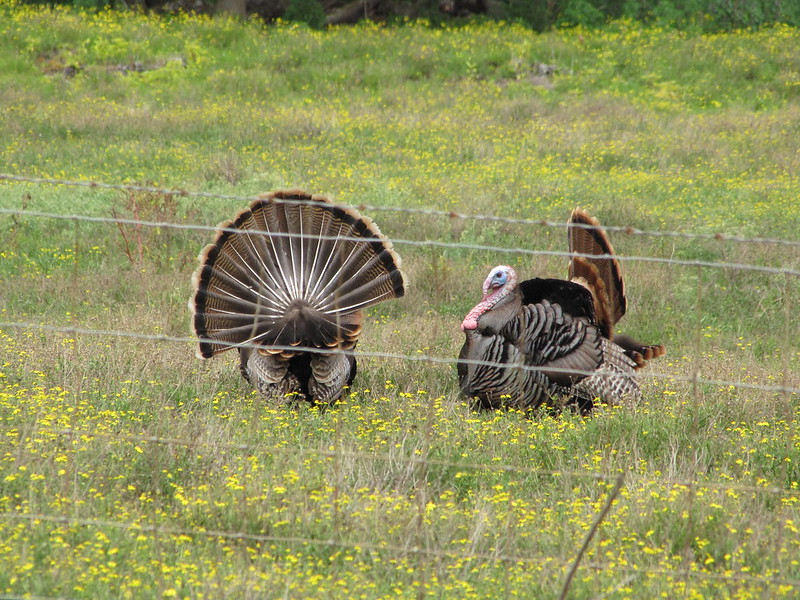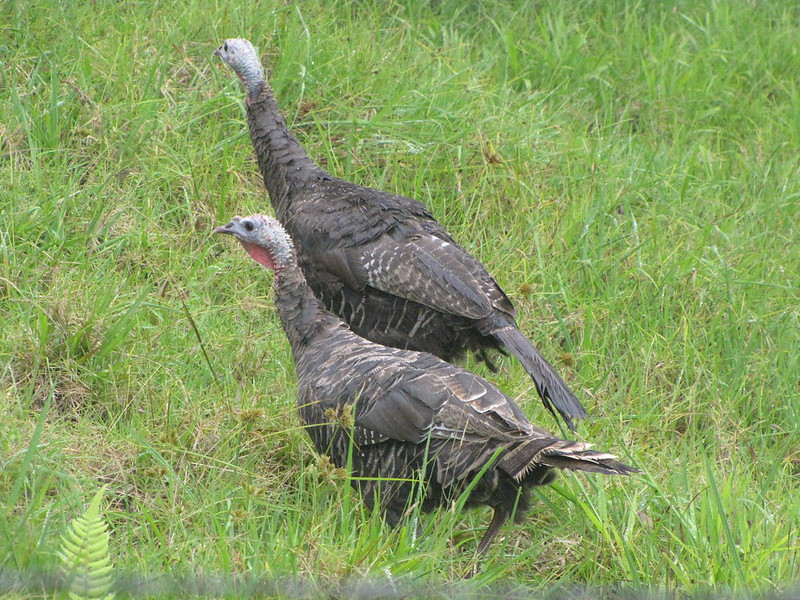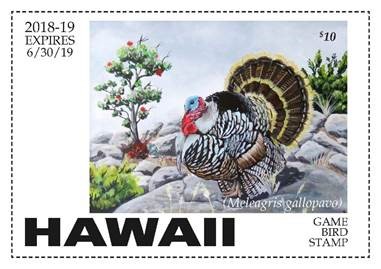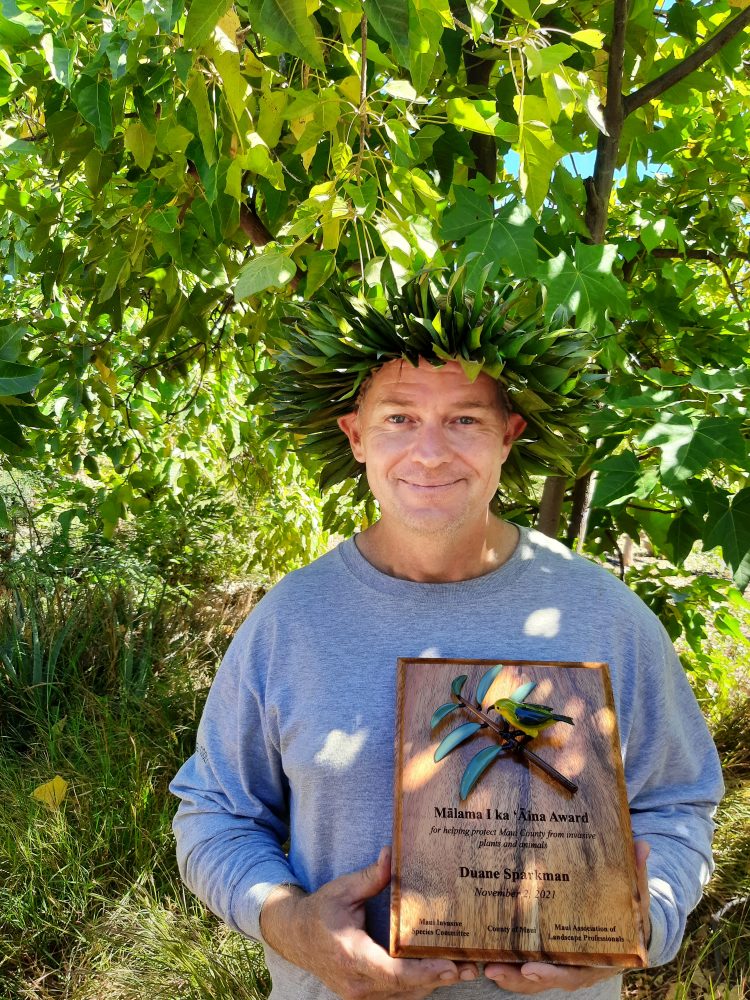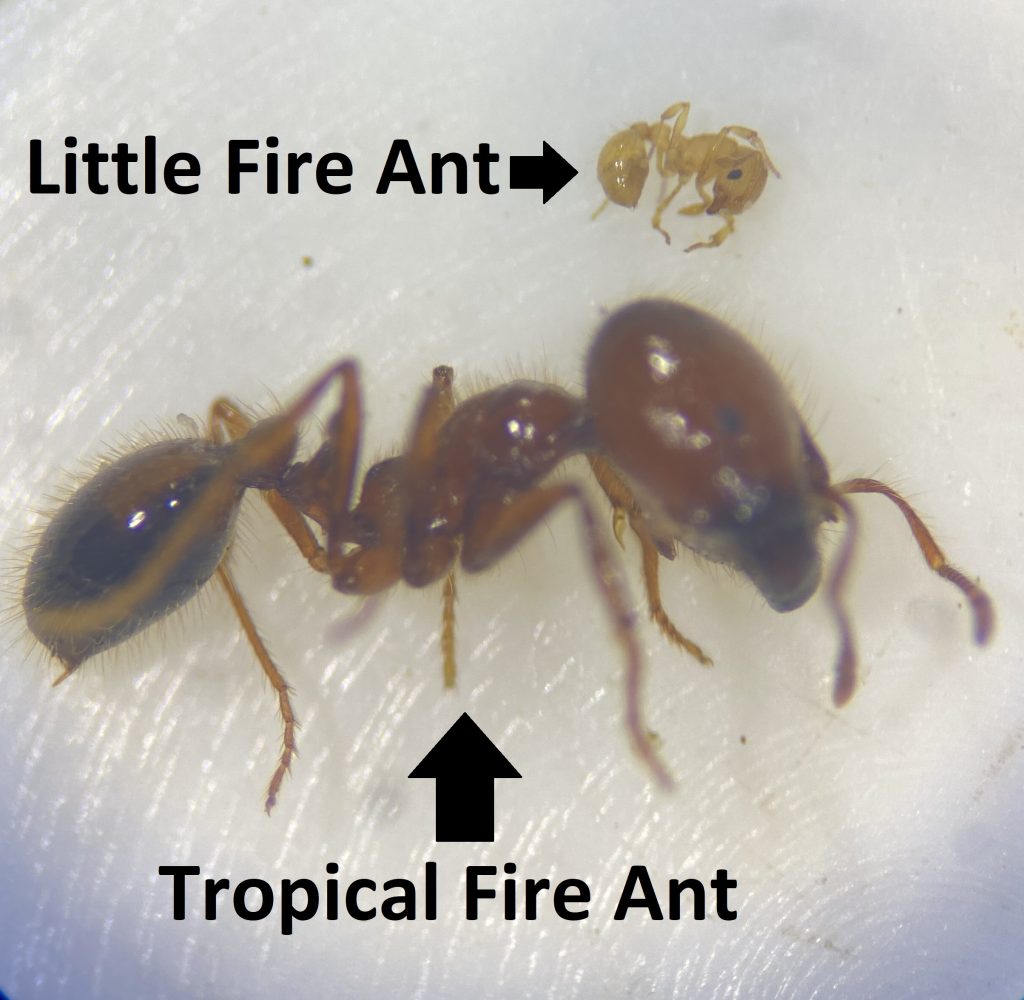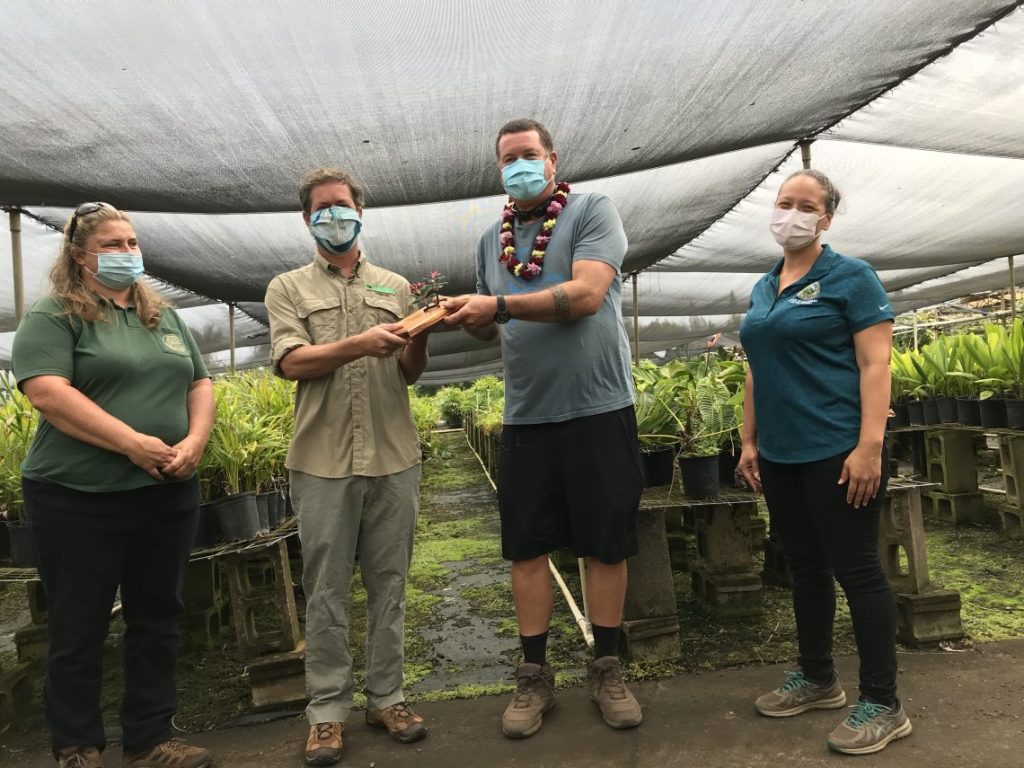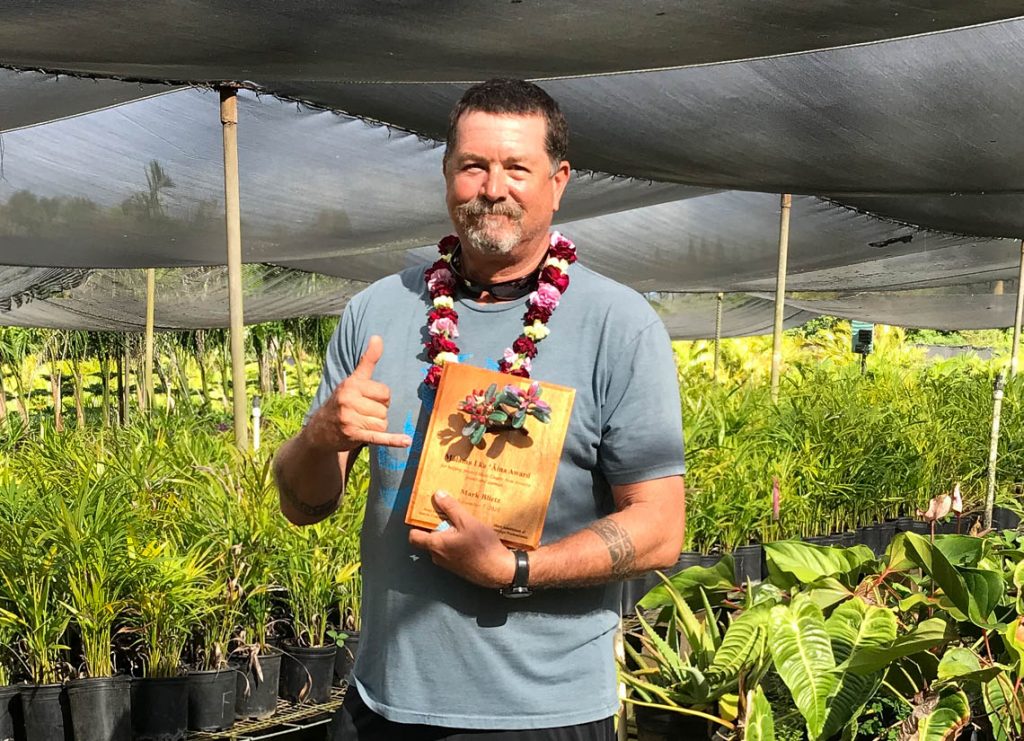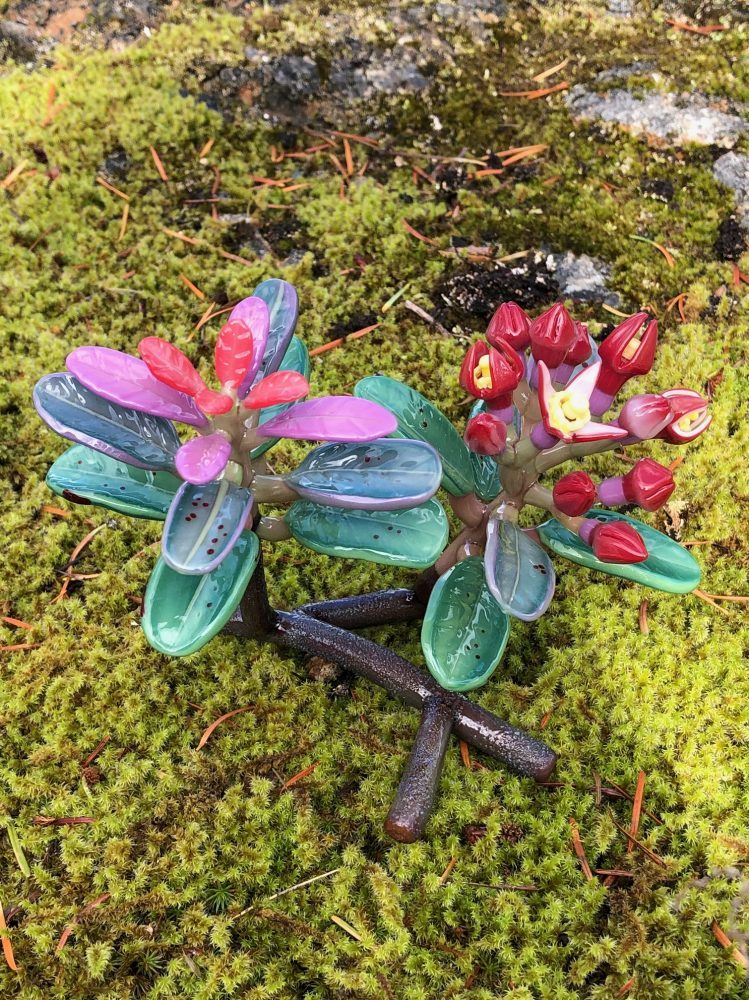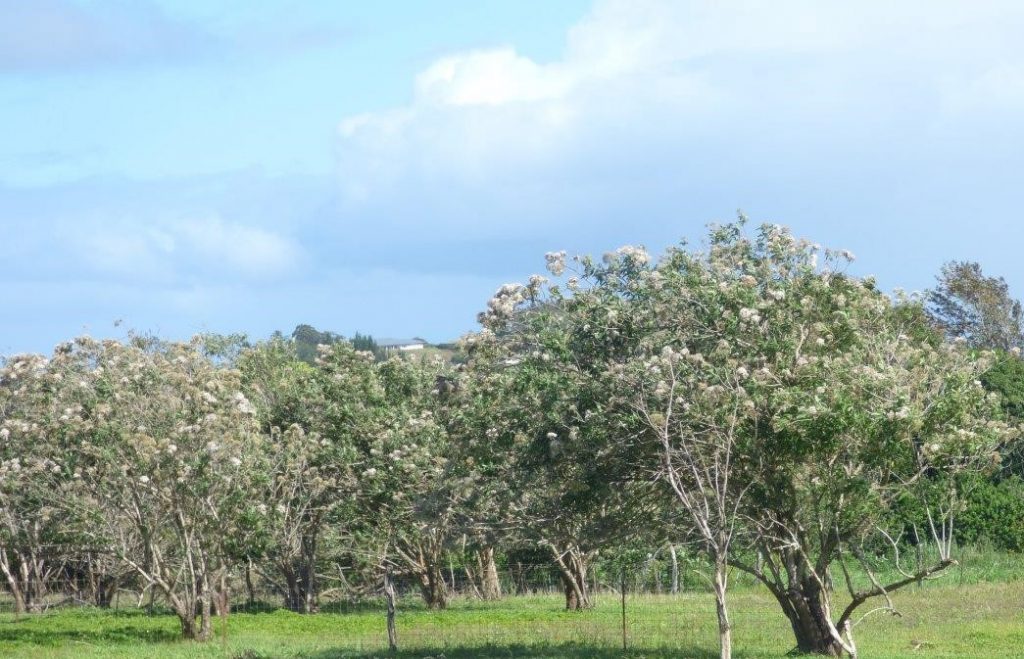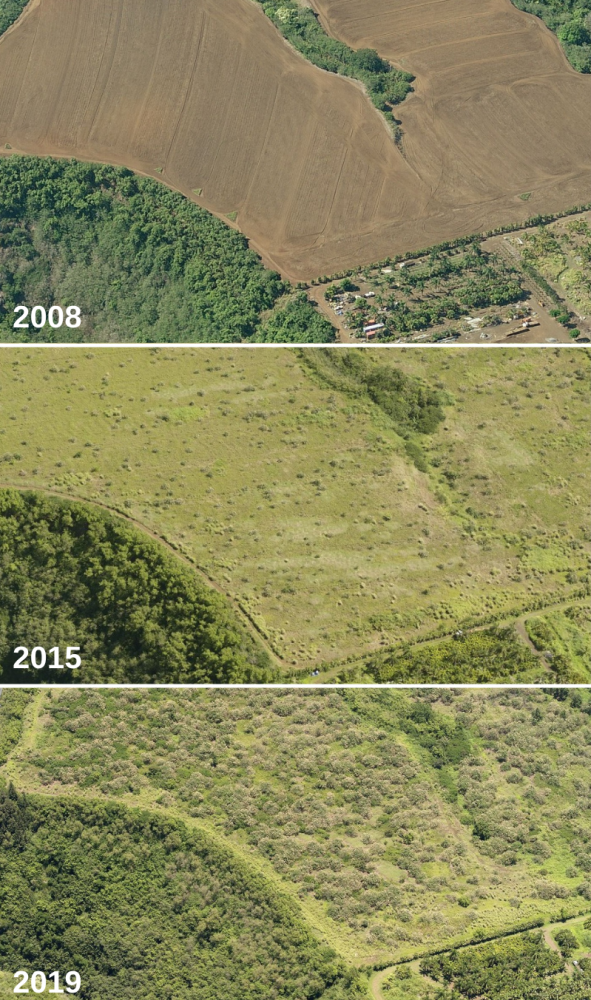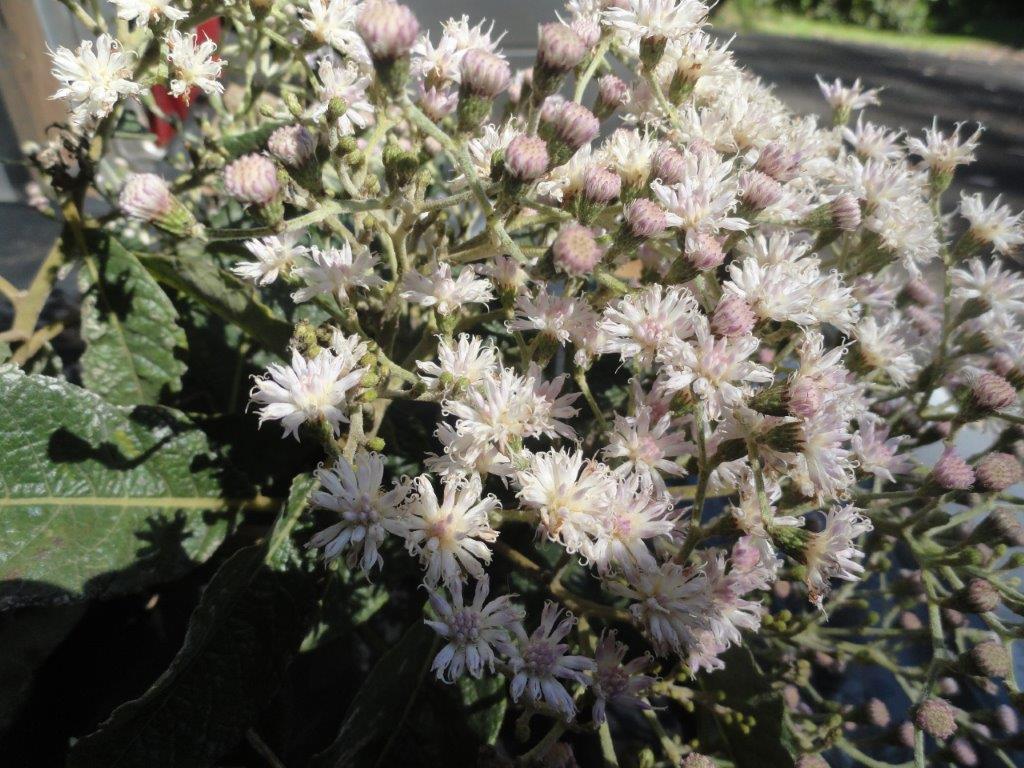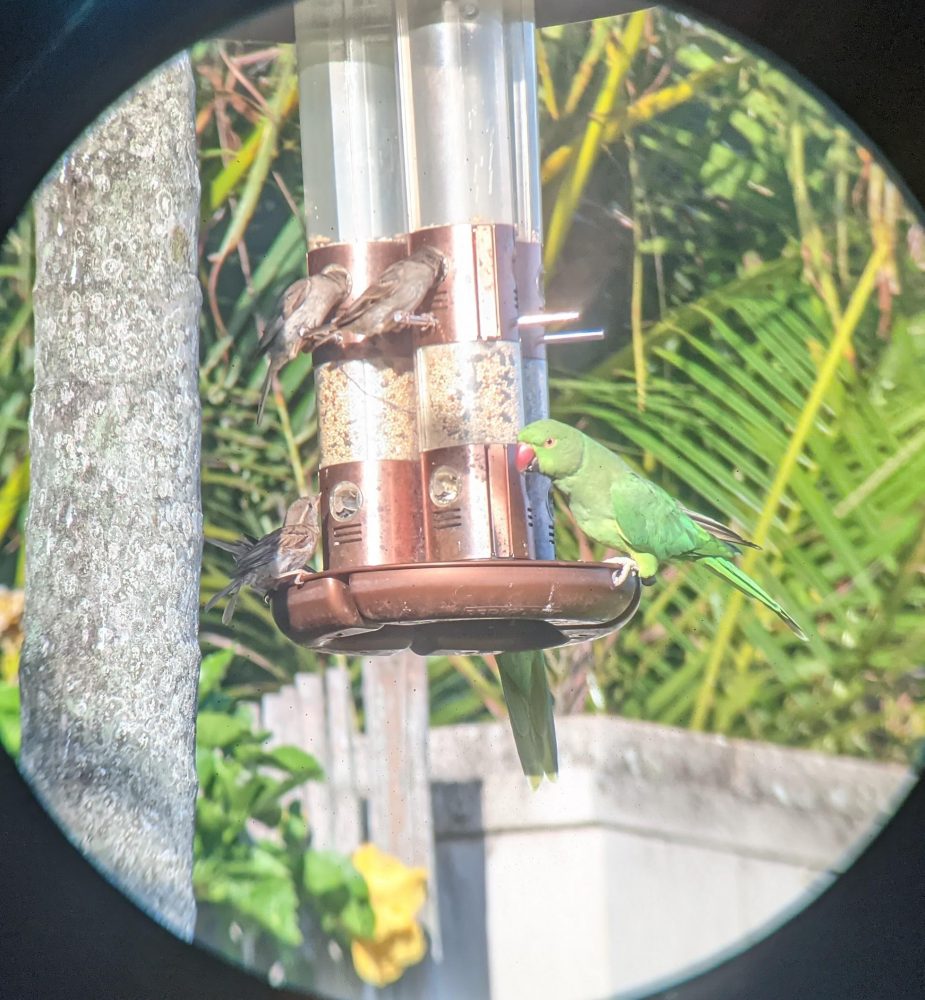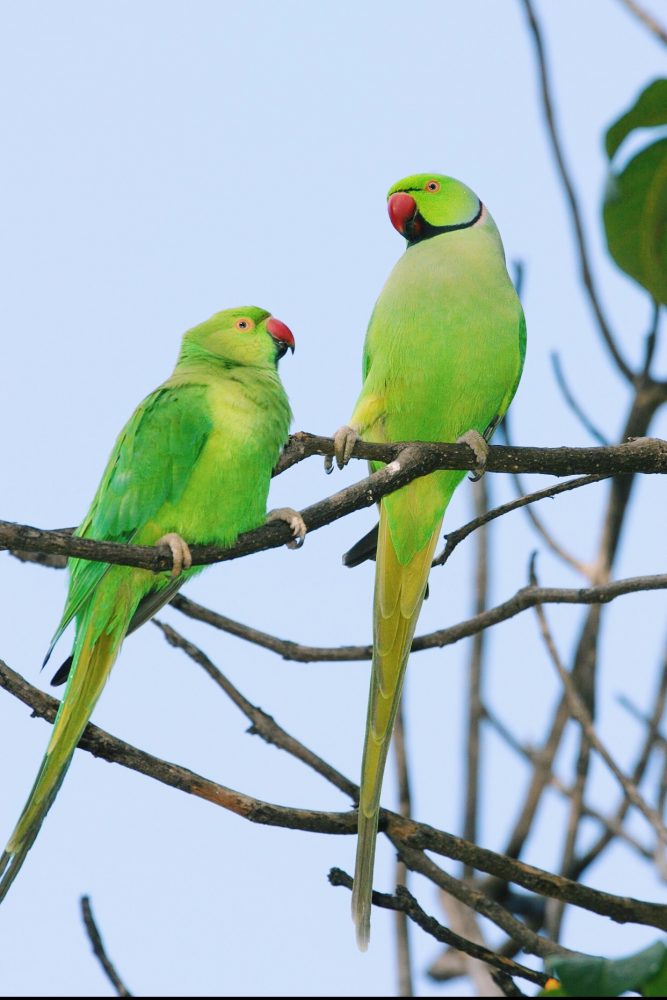
The Maui Invasive Species Committee (MISC) is holding a teacher development workshop for K-12 teachers and environmental educators on March 14 and 15 featuring the place-based Hōʻike o Haleakalā curriculum. The Hōʻike o Haleakalā curriculum is designed to engage students in the study of the unique ecosystems of Hawaii. The workshop is hybrid, allowing for virtual participation and an optional outdoor learning opportunity.
The virtual classroom workshop will take place on March 14 from 9 a.m.- 2 p.m. and will cover lessons from the Coastal and Marine modules, have interactive activities adapted for remote and hybrid learning environments, and feature guest speakers from the East Maui Watershed Partnership and Department of Land and Natural Resources (DLNR) Division of Forestry and Wildlife. The first day of the workshop is open to educators across Hawaiʻi.
Maui-based participants that attend the March 14 workshop are invited to attend an outdoor field trip the following day, March 15, to the anchialine ponds at ʻĀhihi Kīnaʻu Natural Area Reserve. These biological gems are landlocked brackish ponds in the middle of Maui’s last lava flow and home to a native species of shrimp found nowhere else in the world. Registration is limited to 12 and available on a first-come, first-served basis. Jeff Bagshaw, Communications and Outreach Specialist with the DLNR Division of Forestry and Wildlife, will lead the hike. This field trip will supplement the lessons covered in the virtual workshop and connect educators to conservation professionals and resources. Lunch will be provided for all field trip participants.
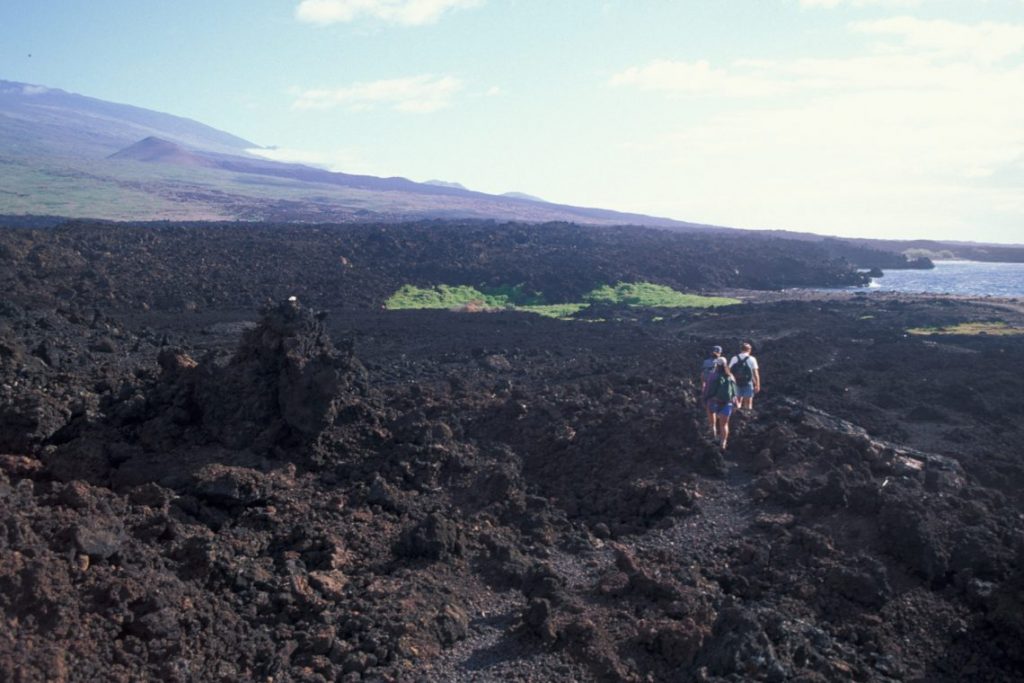

The registration fee is $10.00 for one-day virtual attendees and $25.00 for two-day participants. All participants will receive tools and resources after the workshop to use in their classrooms to help students learn more about Hawaiʻi’s natural world.
To learn more and register, visit mauiinvasive.org/workshops. All registration forms and payments must be received by March 8, 2022. For questions, please contact Serena Fukushima, MISC Public Relations and Education Specialist, at (808) 344-2756 or miscpr@hawaii.edu.


